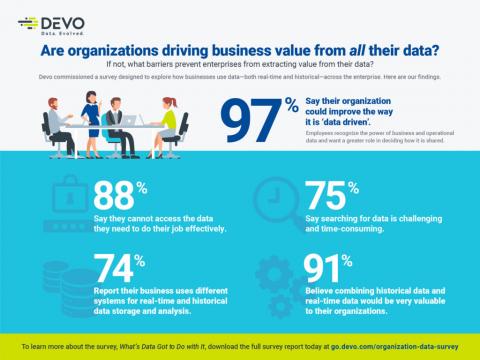HTTPS and Chrome's Security Push
Last month, Google Chrome started marking all non-HTTPS sites as not secure. The main reason for this is because all non-HTTPS sites are insecure, so there is some logic to it. It was part of a plan announced way back in 2016 that sought to improve security across the Net. The first stage of this was to mark all HTTP sites that collect passwords or credit card details (and the like) as being insecure.








